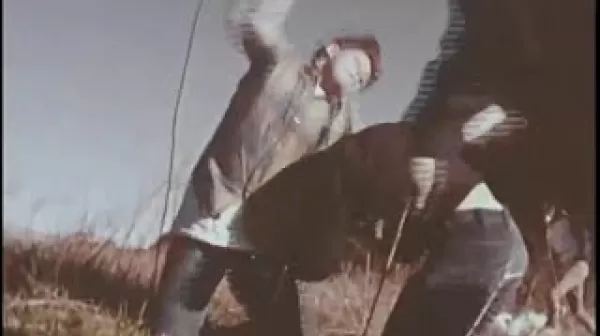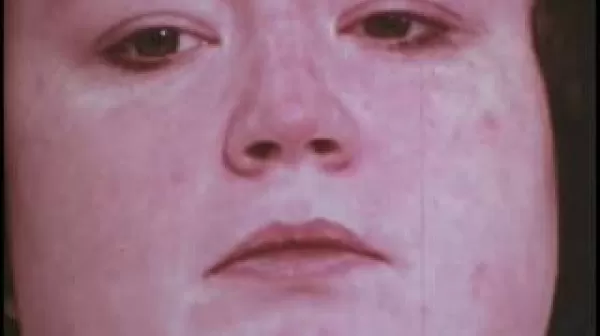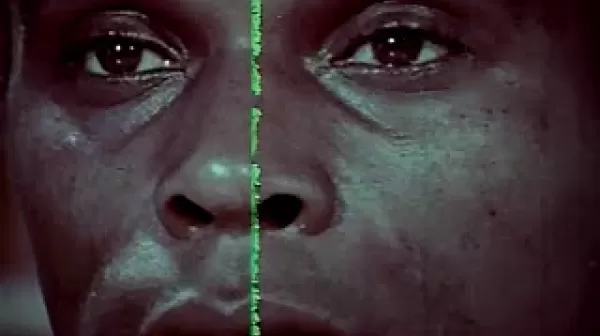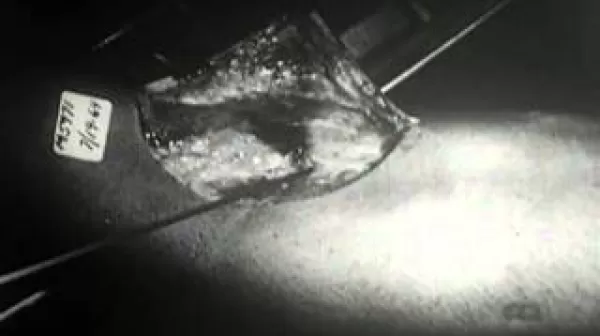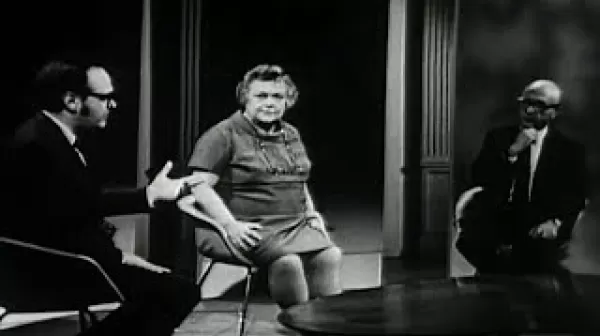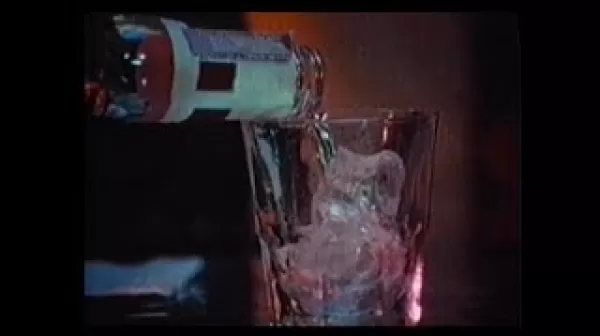Distant Drummer, Bridge from No Place (Airlie/GWU, 1969)
This film describes the 1960s drug culture. Addicts discuss their experiences in the United States and in Vietnam. Dr. Stanley Yolles, director of the National Institute of Mental Health (NIMH), talks about the drug culture and the NIMH role in prevention and treatment. The tape describes growth in the use of marijuana and heroin. David Bazelon, chief judge, U.S. Court of Appeals in Washington, D.C., clarifies the narcotics laws. The state of California's attempts to develop a civil commitment program focused on treatment rather than punishment are described.


